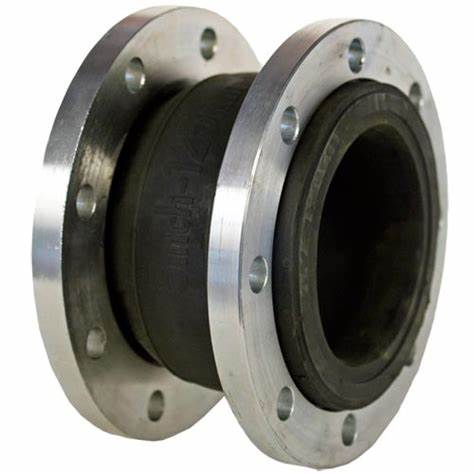pressure reducing valve leaking
Troubleshooting Pressure Reducing Valve Leaks Causes and Solutions
Pressure reducing valves (PRVs) play a crucial role in maintaining the desired pressure in plumbing systems, hydraulics, and various industrial applications. However, like any mechanical device, they can sometimes develop leaks, leading to inefficiencies, wasted resources, and potential damage to the system. Understanding the causes of these leaks and knowing how to address them is vital for any maintenance program.
Understanding Pressure Reducing Valves
A pressure reducing valve is designed to automatically reduce the incoming high pressure of a fluid (liquid or gas) to a lower, more manageable level. By doing so, PRVs ensure the safety and integrity of downstream systems, such as pipelines, faucets, and downstream machinery. When functioning correctly, a PRV can provide a constant output pressure regardless of fluctuations in the input pressure. However, if a valve begins to leak, it can lead to numerous complications.
Common Causes of Leaks
1. Wear and Tear Over time, the internal components of a PRV can wear out. Seats and seals may degrade, leading to leaks. This wear often results from prolonged exposure to high-pressure fluids and varying temperatures.
2. Contamination Particles or contaminants in the fluid can cause damage to the valve's internal components. For example, sediment can clog the valve, leading to improper sealing. Regular maintenance practices, including filtering the fluid before it enters the PRV, can mitigate this issue.
3. Improper Installation If a PRV is not installed correctly, it can lead to excessive strain on the valve. Misalignment or the incorrect application of torque can result in leaks. Ensuring the valve is installed according to the manufacturer's specifications is essential for optimal performance.
4. Corrosion In corrosive environments, valves made from unsuitable materials may begin to degrade. Corrosion can eat away at the valve body and seals, leading to leaks. Choosing the right materials based on the fluid's characteristics is vital for long-term reliability.
5. Pressure Surges Sudden increases in pressure can cause a PRV to leak. These surges can result from changes in demand, pump cycling, or system malfunctions. Installing pressure surge protection devices can help minimize the risk of leaks caused by these events.
pressure reducing valve leaking

Identifying Leaks
When troubleshooting leaks in a PRV, regular inspection plays a key role. Look for signs of fluid accumulation around the valve, unusual sounds such as hissing or wheezing, and changes in pressure readings. If a leak is suspected, shutting down the system may be necessary to perform a thorough inspection.
Solutions and Repairs
1. Replacement of Seals and Seats Often, leaks can be fixed by replacing worn components. Shut off the system, disassemble the PRV, and replace any damaged seals or seats. This process requires only a basic understanding of valve mechanics and can be completed relatively quickly.
2. Cleaning the Valve If contamination is suspected, disassemble and clean the valve components thoroughly. Removing sediment and debris can restore the valve's function and prevent further leaks.
3. Adjusting the Installation If the installation is found to be the source of the leak, realignment and proper torque adjustment may be necessary. Ensure that all fittings are secure and that the valve is installed straight without undue stress.
4. Upgrading Materials In cases of corrosion, consider upgrading to a PRV made from more resistant materials, such as stainless steel or plastic compounds suitable for your application.
5. Regular Maintenance Preventative maintenance is crucial in identifying potential issues before they lead to leaks. Regular inspections, cleaning, and replacements of wear components can extend the life of a pressure reducing valve.
Conclusion
Pressure reducing valve leaks can lead to significant time and cost inefficiencies in any system. By understanding the causes and employing effective troubleshooting strategies, you can maintain the integrity of your plumbing or industrial systems. Regular maintenance and smart installation practices will ensure your PRVs perform reliably over the long term, minimizing the chances of leaks and ensuring a steady, dependable flow of fluid to your downstream applications.
-
3-types-of-check-valves-maintenance-tipsNewsAug.23,2025
-
ball-valves-types-with-trunnion-mounted-designNewsAug.23,2025
-
butterfly-valve-company-production-capabilitiesNewsAug.23,2025
-
fisher-globe-valve-technical-specificationsNewsAug.23,2025
-
types-of-gaskets-for-flanges-selection-guideNewsAug.23,2025
-
wedge-gate-valve-suppliers-quality-standardsNewsAug.23,2025
-
Breakthrough in Domestic Low Temperature Valve Technology in ChinaNewsAug.18,2025




